
Choosing Abstract Art: A Personal Guide to Soulful Home Decor
Unlock the magic of abstract art for your home. This personal guide explores soulful connections, practical decor tips, and the unique language of color and form, straight from an artist's perspective.
The Heart of the Home: My Intimate Guide to Choosing Abstract Art That Resonates with Your Space and Soul
There's something profoundly intimate about the pieces we choose to live with, isn't there? Our homes, for me, are less about pristine perfection and more about echoes of our journey, whispers of our personality. And at the very heart of that, I believe, lies the art we choose. It's not just decoration; it's a conversation, a feeling, a little bit of magic we invite into our everyday. But how do you pick that piece? Especially with abstract art, which often feels like a riddle wrapped in an enigma. Well, join me on a little introspective journey, because choosing abstract art for your home should be as personal as choosing your favorite mug for that morning coffee. This guide is about finding that perfect visual companion, one that doesn't just fill a wall, but resonates deeply with your soul and harmonizes effortlessly with your space.
More Than Just Paint: The Soulful Connection to Abstract Art
I've always found it fascinating how a collection of colors and shapes, seemingly without a direct narrative, can stir something deep inside us. It's like falling in love; sometimes there's no logical explanation, just an undeniable pull. And honestly, that's where you should start when considering abstract art.
The Whispers of Your Walls: Listening to Your Inner Self
Before you even think about color palettes or wall space, I urge you to quiet the noise and feel. When you look at an abstract piece, what's your gut reaction? Do you feel a surge of energy, a calm embrace, or perhaps a delightful confusion? There's no right or wrong answer here. I remember once agonising over a piece that was technically 'perfect' for my studio – right size, popular artist, good investment. But every time I looked at it, it just… sat there. No spark. No conversation. It was just paint on a canvas. Conversely, a small, vibrant piece I found years ago, utterly 'incorrect' by any design rule, still makes me smile every single day. Trust that initial, often illogical, emotional tug. It's your soul doing the shopping. Abstract art, unlike representational works, invites a unique kind of introspection. It doesn't dictate a scene or a story; instead, it provides a canvas for your own internal landscape, encouraging a dialogue between the art and your subconscious. It's less about what the artist painted, and more about what the painting awakens within you.
Decoding the Undefinable: What Abstract Art Asks of You
Unlike a portrait or a landscape, abstract art doesn't tell you what to see. It invites you to participate, to bring your own experiences and interpretations to the canvas. This can be intimidating, I know – I certainly felt that way when I first started truly engaging with it, like being handed the first chapter of a novel and asked to imagine the perfect ending. But that's its power! It means the art evolves with you, revealing new facets as you change. It asks for an open mind, a willingness to explore, and a touch of playful curiosity. It’s a profound conversation where the artwork offers questions, and your inner self provides the answers, ever-changing and deeply personal.
The Silent Language of Form, Line, and Visual Weight
Think of a piece with intense, saturated reds and sharp lines – it might spark a jolt of exhilaration or even a controlled chaos. Conversely, soft, blurred blues with gentle curves can wrap your space in calm, almost like a visual whisper. The choice of line, the thickness of a brushstroke, the way colors bleed or stand distinctly – each decision by the artist is a silent invitation to a unique emotional landscape. Beyond aesthetics, color and form in abstract art carry a profound psychological weight. Imagine a bold, thick impasto stroke; it conveys raw energy and immediacy. A delicate, transparent wash, on the other hand, suggests ethereal beauty and subtlety. This visual weight and physical presence shift dramatically with how close or far you stand; a monumental Rothko, for instance, demands you step back and be enveloped, while a smaller, intricate piece by Agnes Martin invites you to lean in and discover its delicate nuances. The negative space, the 'empty' areas around and within the forms, is just as crucial, allowing your eye to rest and giving the composition breath and balance. It's in this interplay of elements that abstract art truly speaks, creating a dynamic energy or a profound stillness that transcends mere representation.
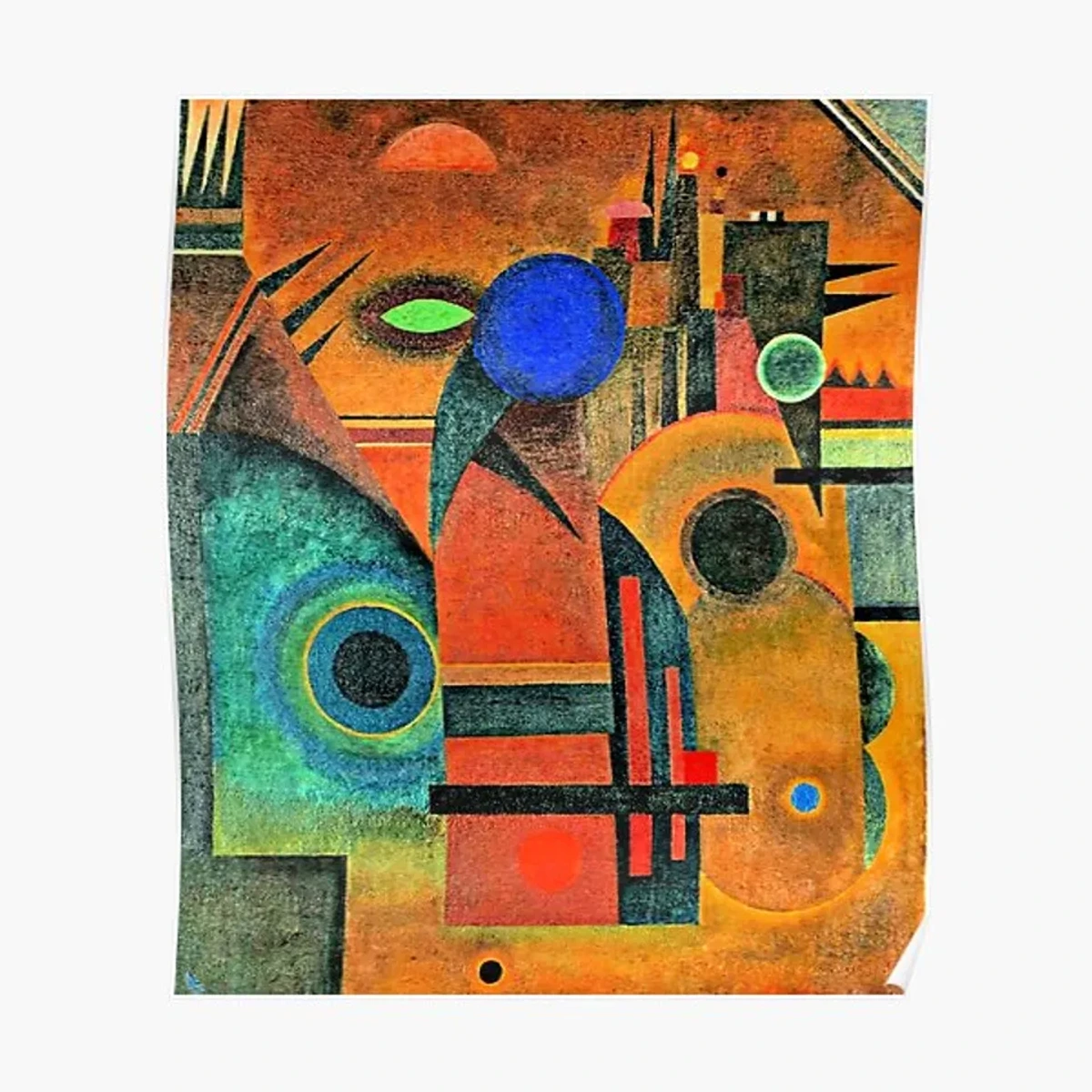
A Universe of Abstraction: Exploring Different Movements
And remember, 'abstract' is a vast umbrella. From the bold, geometric precision of a Mondrian-esque piece (think Neo-Plasticism, aiming for universal harmony through primary colors and orthogonal lines) to the fluid, emotive washes of lyrical abstraction (like the work of Helen Frankenthaler, focusing on spontaneous, expressive color), or the raw, energetic spontaneity of abstract expressionism (like Pollock's subconscious releases, or Rothko's immersive Color Field paintings designed for deep contemplation) – each offers a different dialogue. Then there's Suprematism, pioneered by Malevich, seeking pure artistic feeling through basic geometric forms, almost spiritual in its simplicity. Or consider Orphism, an offshoot of Cubism, using vibrant, interlocking colors and geometric shapes to evoke movement and rhythm, creating a sense of visual music, exemplified by Robert Delaunay. Discovering which sub-genre truly speaks to you is a journey in itself, a delightful expansion of your visual vocabulary. If you're new to this wonderful world, delving into understanding the abstract art market: trends and future outlook or exploring the ultimate guide to abstract expressionism or even decoding abstract art: a guide to finding meaning in non-representational works can be a fantastic way to broaden your perspective and discover what truly resonates.
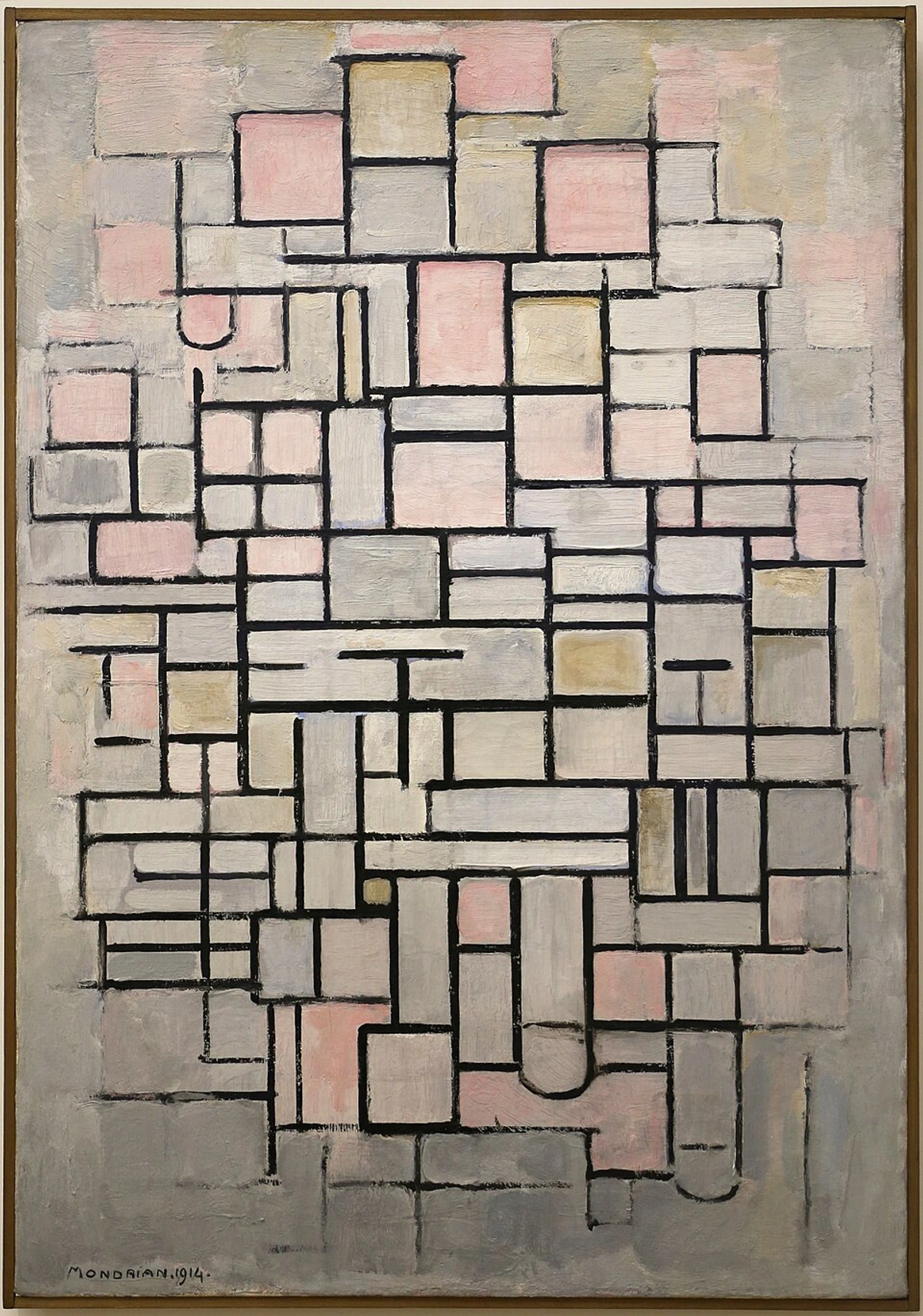
commons.wikimedia.org, licence
Oh, and a quick word on titles and artist statements: while I firmly believe art should speak for itself, a good title or an artist's statement can sometimes be like a friendly whisper, pointing you towards a starting emotion or a conceptual framework. It's not a rulebook, but rather an invitation to a deeper conversation with the piece, especially when the abstract forms feel particularly enigmatic. Think of it as a little peek into the artist's mind, a subtle hint at the genesis of the piece. It's like finding a small, handwritten note inside a beautifully wrapped gift – an extra layer of connection, offering context without imposing meaning. It's a guidepost, not a destination.
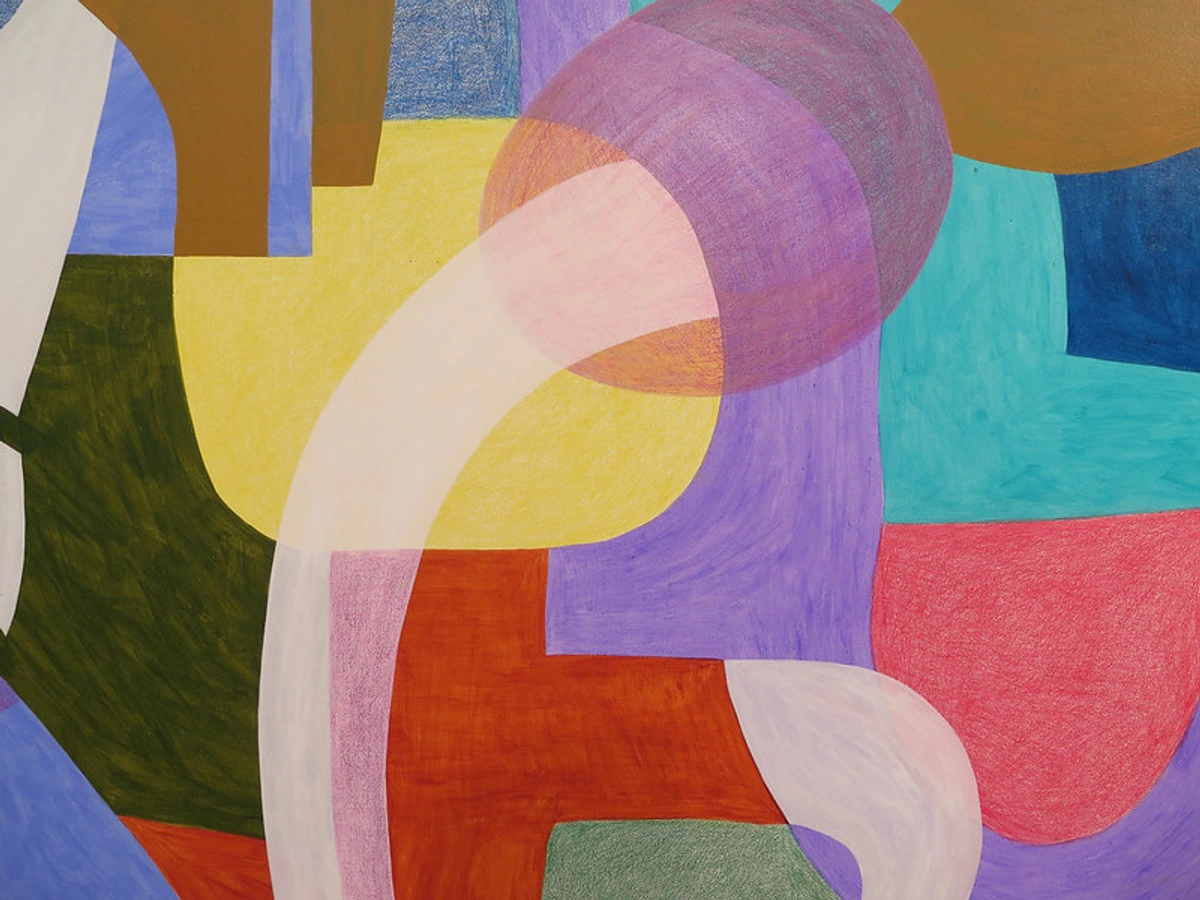
The Dance with Dimensions: Choosing Abstract Art for Your Space
So, your soul has had its say, and hopefully, you're buzzing with a newfound emotional connection to abstract art. But now, it's time for a gentle nudge towards the practical side – what about your walls? This isn't about compromising your feelings, but about creating a harmonious environment where your chosen art can truly shine, allowing that soulful connection to translate beautifully into your living space.
Size and Scale: Don't Underestimate the Presence
I've made this mistake countless times, mostly in my head, where I've pictured a monumental piece fitting perfectly, only to find it swallows the wall whole like an artistic black hole. Or conversely, a delicate gem gets utterly lost on a vast expanse, looking like a forgotten postage stamp. I once thought a certain wall in my own studio needed a huge, commanding canvas – turns out, it just needed a moment of quiet, a smaller piece that invited closer inspection rather than overwhelming the space. Abstract art, with its often bold forms and expansive compositions, truly demands attention in terms of scale. A large piece can become a dramatic focal point, dictating the mood of the entire room with its sheer visual weight (think large, dark shapes or densely packed patterns). A smaller piece might add an intimate touch, a secret treasure, inviting you closer. Think about the wall it will live on, the furniture around it, and the overall volume of the room. A good rule of thumb I often consider: for a sofa, aim for art that is roughly two-thirds the width of the furniture. For a standalone wall, imagine a visual anchor that feels balanced, not dwarfed or overwhelming. It's a delicate balance between the art’s visual weight and the room’s capacity to hold it, a bit like choosing the perfect dance partner for your living room. For those tricky spots, especially in more compact areas, I've found that abstract art for small spaces: maximizing impact in compact areas requires a unique approach to maximizing impact without overwhelming.
Color and Mood: Painting Your Emotional Landscape
Ah, color! The great mood-setter, the silent conductor of feelings. Do you want your space to feel serene, vibrant, contemplative, or energetic? Abstract art offers an unparalleled playground of color. I once had a client whose living room felt lovely but a little muted. We introduced a large abstract with vibrant oranges and deep turquoises, and it was like the room suddenly found its voice, a quiet hum of excitement. Consider the existing colors in your room, not necessarily to match them perfectly, but to ensure a dialogue. Sometimes a contrasting burst of color is exactly what a muted room needs to come alive. Other times, a subtle complementary palette creates a soothing flow. It's less about matching and more about orchestrating a symphony of hues that speak to your desired emotional landscape. Here are a few ways color might sing in your space:
Harmony Type | Description & Effect |
|---|---|
| Monochromatic Harmony | Uses different shades and tones of a single color family (e.g., various blues) to create a cohesive, calming effect, like a gentle, rhythmic hum. It offers sophistication and serenity. |
| Dynamic Contrast | Juxtaposes complementary colors (like blue and orange, or red and green) to create energy and a focal point that pops, demanding attention. This creates visual excitement and dynamism. |
| Earthy & Grounding | Opts for warm browns, greens, and ochres to bring a sense of stability and connection to nature, like a comforting embrace from the earth. Promotes comfort and security. |
| Serene & Cool | Incorporates blues, greens, and purples to evoke tranquility and spaciousness, almost like a visual breath of fresh air. Ideal for creating a calm, reflective atmosphere. |
| Vibrant & Energetic | Utilizes bright, saturated hues (e.g., reds, yellows, bold oranges) often in combination, to stimulate and uplift, injecting a playful or passionate energy into the room. |
For a deeper dive into how I use color, explore the emotional language of color in abstract art.
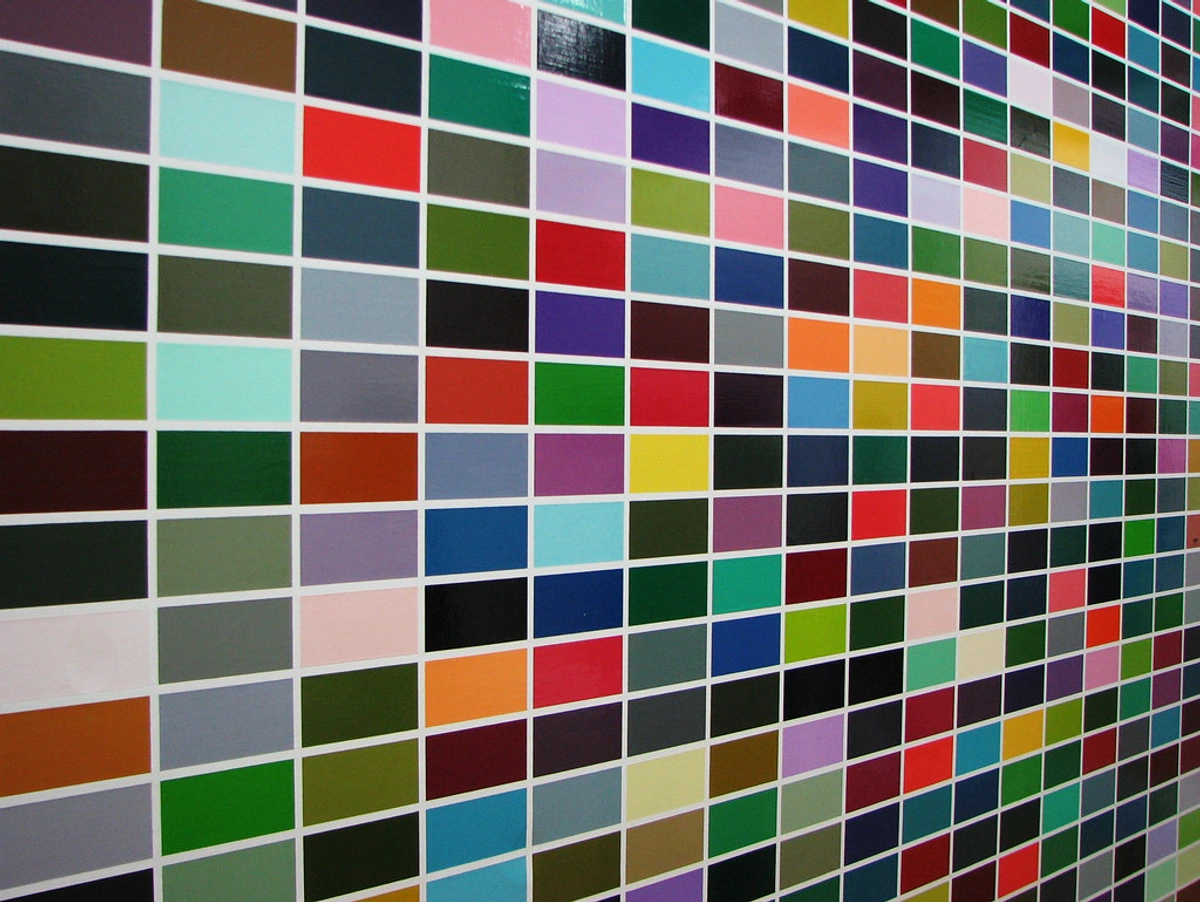
live.staticflickr.com, licence
Texture and Form: Adding Depth and Dialogue
This is often overlooked, especially when browsing art online, but texture adds an incredible dimension to abstract art. Is the paint thick and impasto, inviting you to almost feel its history, its very making? Or is it smooth and layered, creating a sense of depth and mystery? The medium an artist chooses also profoundly impacts texture: a rich oil painting might have heavy, sculptural impasto, while acrylics can allow for both bold textures and smooth, transparent washes. Mixed media pieces, combining various materials, can introduce tactile elements that beg to be explored. Consider also how an artist applies paint – through scumbling for a broken, light-filled effect, or glazing for luminous depth. Even the direction of brushstrokes can convey emotion, from frantic slashes to serene, horizontal glides. These tactile qualities contribute significantly to how the art interacts with light, casting dynamic shadows and highlighting peaks and valleys as the light changes throughout the day. This interplay of light and texture transforms the artwork from a flat surface into a living, breathing entity, influencing both perception and the artwork's longevity. Combined with the abstract forms – sharp lines, soft curves, geometric shapes, or organic flows – texture and form create a visual language that engages more than just your sense of sight, inviting you into a multi-sensory experience. As an artist, I often find myself building layers upon layers, scraping back, adding new marks, until the surface itself tells a story that words cannot capture. It's a conversation between my hand and the canvas, which then extends to the viewer.

Your Home's Existing 'Personality': A Harmonious Conversation, or a Dynamic Contrast
Think of your home as a curated collection of stories, a quiet reflection of your journey. Does it whisper abstract art for modern minimalist homes: a guide to curated spaces, bohemian wanderlust, or cozy traditional? Abstract art is incredibly versatile and can surprisingly complement almost any aesthetic. The trick is to ensure the art adds to the conversation, rather than shouting over it like a rude guest at a dinner party. A bold, geometric abstract can ground a minimalist space, offering structure and a contemporary edge. Conversely, a flowing, organic piece can soften industrial edges, bringing a sense of fluidity. For a traditional home, a gestural abstract might inject a surprising pop of modern energy, creating a dynamic contrast that revitalizes the classic decor. An eclectic space, on the other hand, might thrive with a lyrical abstract that weaves together various influences. It's about finding that sweet spot where the art elevates and enhances your existing decor, rather than clashing. Sometimes, the unexpected pairing creates the most memorable impact, sparking curiosity and making your space uniquely you. Don't be afraid to break conventions; the most compelling interiors often embrace a sophisticated tension between different styles.

live.staticflickr.com, licence
So, whether you're drawn to serene compositions or dynamic explosions of color, remember that your space is a canvas itself, and the abstract art you choose is simply another brushstroke in its unfolding story. It's about letting your intuition guide you to a piece that feels utterly at home.
My Personal Approach: From Studio to Sanctuary
Having attuned your soul and considered your space, let me share a little more about my own perspective on this beautiful exchange. As an artist, my journey with a painting doesn't end when the brush leaves the canvas. It's a continuous evolution until it finds its 'forever home.' And that connection, from my studio to your sanctuary, is something I pour my soul into. My own creative process often begins with a whisper of emotion, a fleeting memory, or the way light hits a surface – elements I then strive to translate into a visual language that speaks to the viewer's own inner world. I remember once struggling with a large canvas for weeks, convinced it was a lost cause, a jumble of discordant colors. Then, late one night, a single, unexpected brushstroke – a dash of vibrant orange – suddenly brought the entire composition into focus, like a missing puzzle piece. It was a moment of pure, almost accidental, discovery. That's the magic. The act of creating is deeply personal, and I believe the act of choosing art for your home should mirror that same profound intimacy. You can get a glimpse into my process of creating and placing abstract art or even follow my artist journey to understand the roots of my artistic philosophy and how these connections are formed.
The Unveiling: How to Know When It's 'The One'
This is the magical moment. You've thought about your feelings, considered your space, looked at countless pieces. Then, you see it. A quiet sigh, a quickening of the heart, a feeling of 'yes.' It might not be the most expensive, the most famous, or even the one you initially thought you wanted. But it clicks. It feels right. It feels like you. This is where all the practical considerations fade into the background, and your intuition takes the lead. Don't second-guess that feeling. That's the art speaking directly to your soul, confirming a connection that transcends logic. It's the culmination of your journey, a moment of profound recognition. If you're still on the fence, asking what to ask an artist before buying abstract art can provide that extra layer of confidence, solidifying your intuitive choice with tangible information.
From Canvas to Collector: Display, Acquisition & Care
Where to Begin Your Search
The art world can seem daunting, but it's more accessible than ever. Local galleries, online platforms, and direct from artists like myself are all fantastic avenues. Take your time, explore, and enjoy the journey of discovery. Don't be afraid to visit different spaces, online and off, to get a sense of what's out there. When seeking your chosen piece, especially from less established artists or online platforms, a little diligence goes a long way. Always inquire about provenance – the history of the artwork's ownership – and the artist's materials. But beyond the technicalities, ask about the story behind the canvas, the artist's intent, their inspiration, or the journey the piece took from conception to completion. Reputable artists and galleries will gladly provide certificates of authenticity and share these rich narratives. This isn't just about monetary value; it's about connecting with the true soul and integrity of your chosen piece. And remember, you don't always need to break the bank to find something truly special. While collecting art can be an investment, its primary value for the home is personal enrichment. Factors like the artist's reputation, exhibition history, and the rarity of their work can influence market value, but for your sanctuary, the emotional return is paramount. There are wonderful resources on where to find affordable original art online. Of course, you can always explore my latest pieces directly here.
On an ethical note, when you buy art, you're not just acquiring an object; you're supporting a creator's livelihood and often contributing to the continuation of an artistic vision. Consider seeking out and supporting living artists, whose work directly benefits from your patronage. Also, be mindful of copyright; most artists retain copyright to their work, even after it's sold, meaning you generally can't reproduce it for commercial purposes without their permission. A simple inquiry can clarify these aspects and ensure a respectful transaction for both buyer and artist. Whenever possible, try to see the art in person, as colors and textures can appear different on screen.
Lighting and Placement: Giving Your Art Its Moment
So, you've found the piece. Now, how do you make it sing? The answer is often in its presentation. Lighting can dramatically change how an abstract piece is perceived, highlighting textures, intensifying colors, and creating dynamic shadows. Natural light works wonders, but dedicated art lighting can truly elevate the experience, revealing nuances you might otherwise miss. Similarly, placement isn't just about hanging it on a blank wall. Think about eye-level, how it interacts with nearby furniture, and if it becomes part of a larger curating a gallery wall with abstract art: tips for a dynamic display. Giving your art the right stage ensures it continues to inspire and engage. You can learn more about how to light and position abstract art for maximum impact.
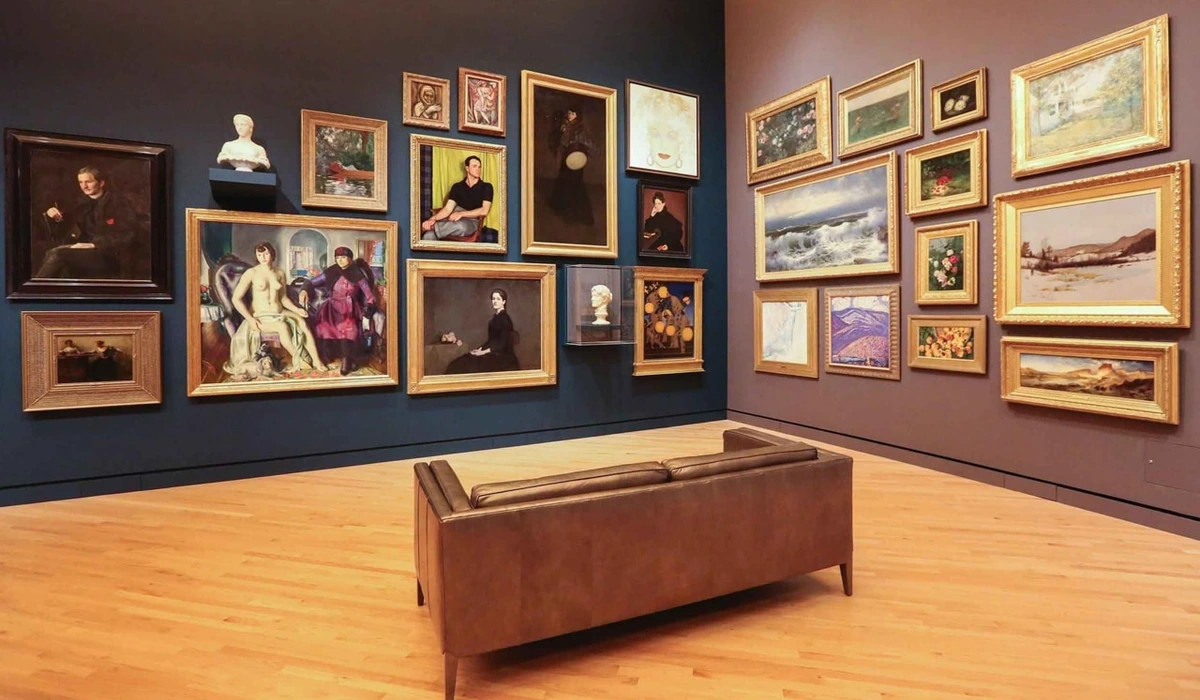
Caring for Your Abstract Treasure
Once your abstract art finds its home, it becomes a part of your daily tapestry. To ensure its longevity and continued vibrancy, a little mindful care goes a long way. Protect your piece from direct sunlight, which can fade colors over time, and avoid extreme temperature fluctuations or high humidity. For pieces with significant texture or impasto, gentle dusting with a soft, dry brush is usually sufficient. For works with a smooth, varnished surface, a soft, damp cloth can sometimes be used, but always check with the artist or a conservator first. Proper framing, even for pieces designed to be unframed, can also offer a crucial layer of protection against dust, environmental pollutants, and accidental damage. For works with delicate surfaces, mixed media, or for any serious cleaning or restoration, always consult a professional art conservator; they possess the expertise to handle valuable pieces safely. Understanding the materials used by the artist can also guide your care, ensuring your chosen artwork continues to sing its visual song for years to come. For pieces displayed without a frame, pay extra attention to the edges and corners to prevent accidental damage. You can explore more about the role of texture in abstract art: a sensory exploration and how to preserve its unique qualities.
Frequently Asked Questions About Choosing Abstract Art
To wrap up and address some common curiosities, let's dive into a few frequently asked questions that often come up on this journey:
Is abstract art only for modern homes?
Absolutely not! While often associated with modern or minimalist aesthetics, abstract art is incredibly versatile. A vibrant abstract piece can add a contemporary twist to a traditional space, or a muted, textured abstract can ground a rustic setting. It's about contrast and complement, creating visual interest and dialogue. Don't be afraid to experiment and break conventions – sometimes the most unexpected pairings create the most captivating results.
How do I use abstract art in a traditional home without it clashing?
Instead of fearing a 'clash,' think of it as creating a dynamic conversation. In a traditional home, a gestural or colorful abstract piece can inject modern energy, providing a fresh counterpoint to classic decor. Consider placing a contemporary abstract above a antique console table, or using a large, bold piece as a focal point in a room with ornate furniture. The key is balance: let the abstract piece be a statement, but ensure there are elements of color or form that subtly tie it into the room's existing palette or overall feeling. Often, this juxtaposition creates the most visually interesting and sophisticated interiors.
How do I know if an abstract piece is "good"?
"Good" is wonderfully subjective in art. What truly matters is if it resonates with you. However, from a technical perspective, look for quality of materials, thoughtful composition, and originality. Does the artist have a unique voice – a consistent style, recurring themes, or a distinct approach that feels authentic? Does the piece evoke emotion or contemplation? Does it invite you to keep looking, revealing new details over time? But primarily, if it speaks to your soul, if it sparks that undeniable connection, then it's good for your home and good for you.
How do I assess the "value" of abstract art beyond monetary terms?
The true value of an abstract piece, beyond its market price, lies in its personal impact. It's about how it makes you feel, the conversations it sparks, the beauty it brings into your daily life, and how it enriches your home environment. A piece that consistently brings you joy, makes you pause, or deepens your appreciation for art holds immense personal value, far surpassing any financial figure. Consider its emotional resonance, its aesthetic appeal, and its unique story or connection to your own journey – these are the true measures of its worth in your life.
Should I buy a large or small piece first?
There's no hard rule, and it often comes down to your comfort level and the specific space you have in mind. A large statement piece can be exhilarating, transforming an entire room with its presence. However, a smaller piece allows for more flexibility and can be a great way to start your collection without a huge commitment. Consider where you want the art to live and the impact you want it to make. My advice: start with what you truly love, regardless of size – the right piece will always find its perfect spot.
How do I choose colors for abstract art?
Think about the existing mood and palette of your room. Do you want to continue that mood, or introduce a contrasting energy? If your room is neutral, an abstract piece with bold colors can add a dynamic focal point. If your room is already colorful, you might choose a piece with a more subdued palette or complementary hues to create harmony. Ultimately, choose colors that make you feel good and bring you joy – that's the most important guide.
Should I frame abstract art?
Framing abstract art is a personal choice that significantly impacts its presentation and protection. A minimalist float frame can enhance contemporary pieces, showcasing canvas edges for a sleek, integrated look. Conversely, a traditional frame can juxtapose beautifully with a bold abstract, adding sophisticated contrast. Many abstract pieces are designed to be displayed unframed, especially if the edges are painted, for a raw, integrated aesthetic. Consider the artwork's scale, texture, and your home's overall style. Framing can protect from dust and damage, but if unframed aligns with the artist's intent and your aesthetic, ensure careful handling. Trust your eye – what feels right to you is often the best choice.
What if I don't "get" a particular abstract piece?
It's perfectly normal not to immediately "get" every piece of abstract art you encounter, and that's part of its allure! Abstract art doesn't always offer a literal narrative; instead, it invites an emotional and interpretive response. If a piece intrigues you, even if you don't fully understand it, that's a good sign. Spend more time with it. Observe the colors, lines, and textures. How does it make you feel? What memories or thoughts does it evoke? The beauty often lies in its openness, allowing the meaning to unfold and evolve with your own experiences over time. Sometimes, the 'not getting it' is precisely the point – an invitation to explore something new within yourself.
Bringing It All Home: A Final Reflection
Choosing abstract art for your home is an adventure, a personal quest to find a visual companion that enriches your daily life. It's about trusting your intuition, understanding your space, and embracing the indefinable magic that art brings. Don't overthink it, but don't shy away from it either. Let your home be a testament to your evolving tastes, your inner world, and the beautiful, complex stories you collect along the way. Trust your gut, let your heart lead, and discover the pieces that make your home truly feel like you. And if you ever find yourself in 's-Hertogenbosch, I'd be delighted for you to visit my museum and see some of these stories firsthand, a real-life extension of this very personal journey. Start exploring, and let your intuition be your most trusted guide.





